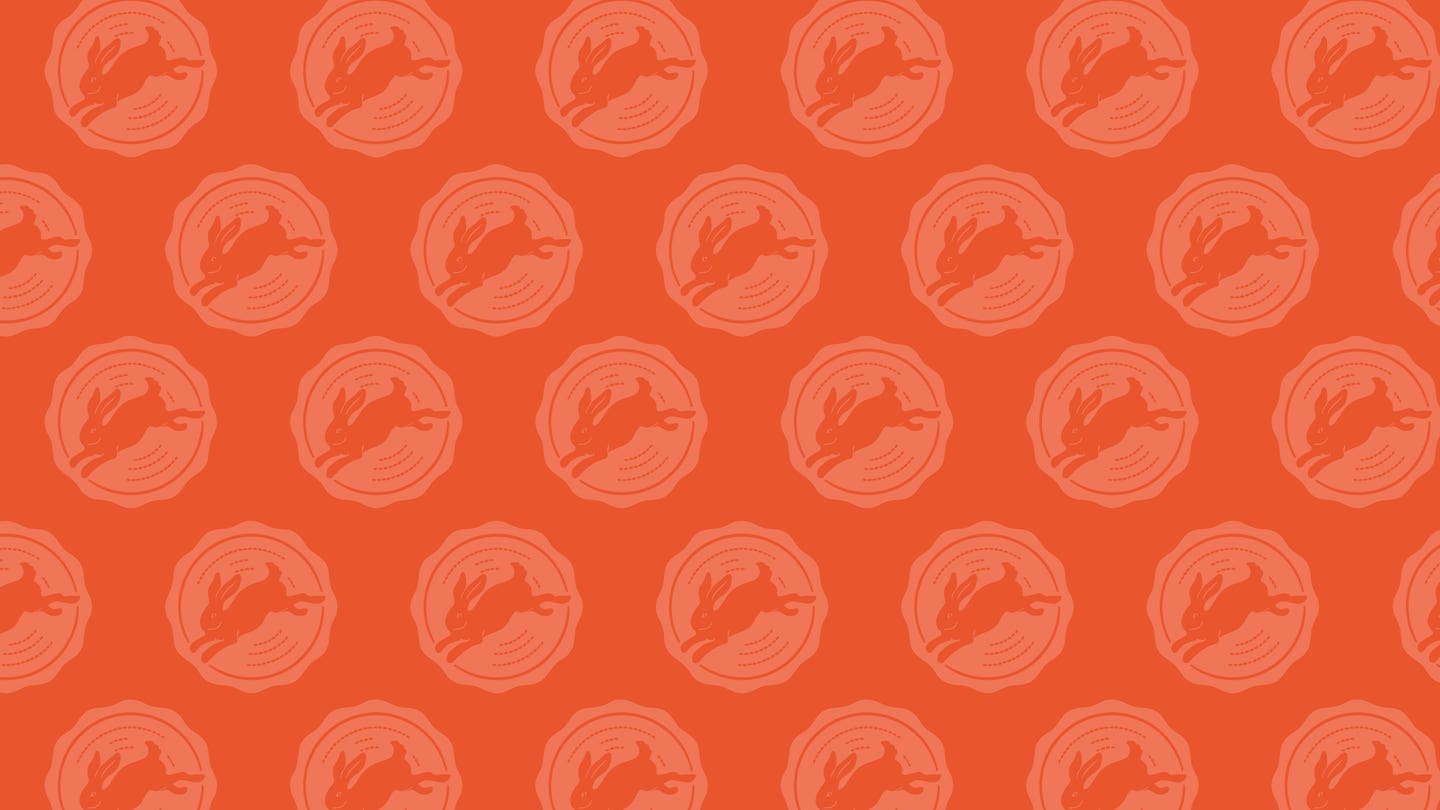
Field of Greens
On Hawaii’s Big Island, the rainy, volcanic Hamakua Coast near Hilo offers an ideal climate for cultivating ginger.
On Hawaii's Big Island, the rainy, volcanic Hamakua Coast near Hilo offers an ideal climate for cultivating ginger. Here the sandy loam fields drain quickly, absorbing the weekly one to three inches of rain that Zingiber officinale craves. Ginger plants—which resemble giant grass, with a delicately scented yellow flower hidden in the blades—are tended with great care over their 10- to 12-month growing period, usually beginning in March.
Because disease and pests are a threat, Hawaiian farmers clean implements and work boots and even change clothing before moving from one field to another. At a farm just north of Hilo, we noticed a worker removing his shoes and bathing his feet before stepping into the rows of young ginger plants to weed and to layer fresh loam over the rhizomes working their way up to the light.
In late summer, some of the crop is pulled to be sold as "baby ginger", prized by Japanese cooks. The lush foliage of the remaining plants stretches waist high by November, but dies back by January, when harvest of mature rhizomes begins. Washed, dried, trimmed, and sorted by hand, they are then packed into 30-lb. boxes for market. Farmers save some of the best rhizomes as "starters" for the next crop. These are cut up, keeping two or three "eyes" on each piece. The fields are prepared in late fall, and in March, the cycle begins anew.
Keep Reading
Continue to Next Story










